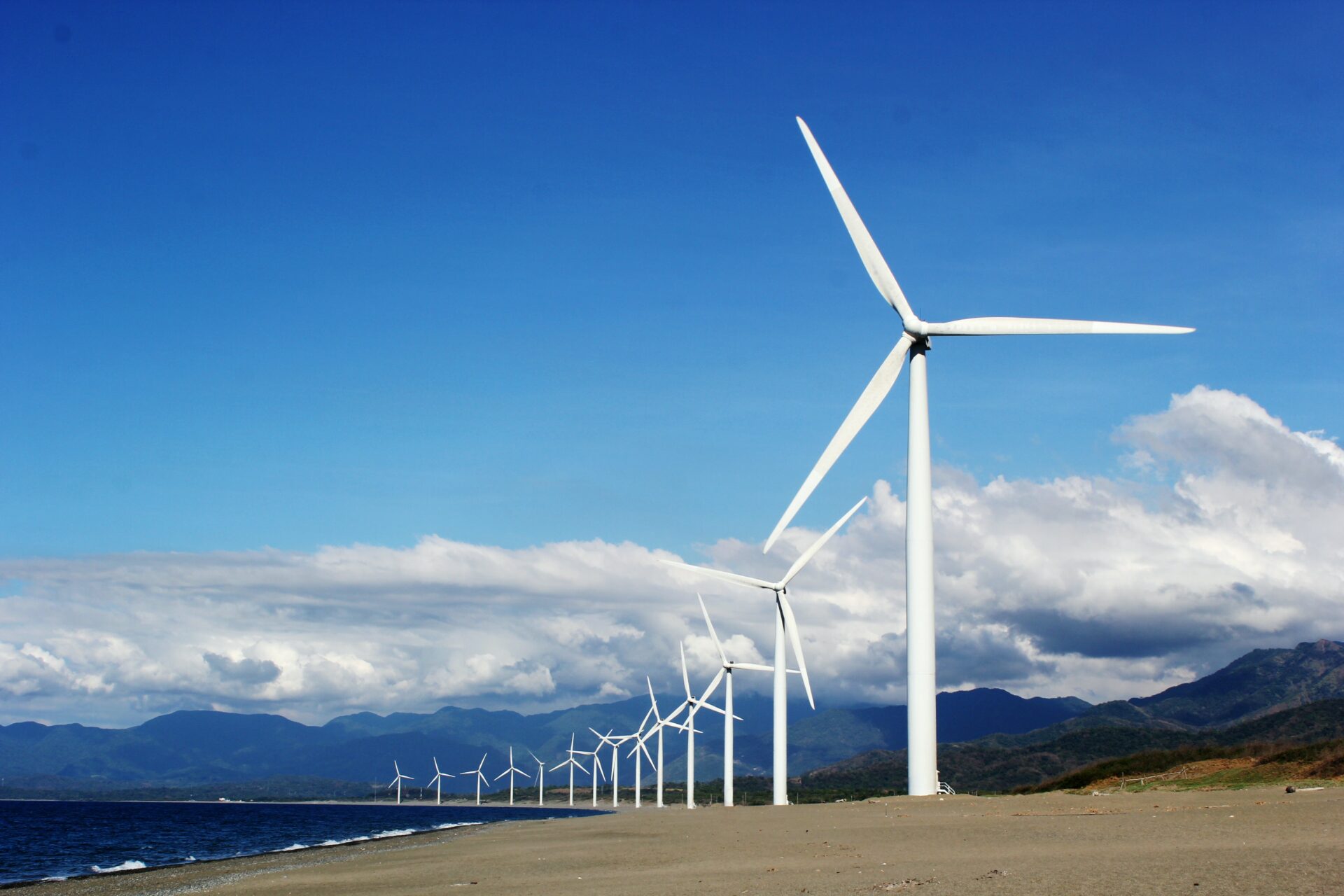According to a study by the University of Soauth Australia, tens of thousands of wind turbine blades will end up in landfills by 2030 if recycling programs are not implemented quickly.
A study by Prof. Peter Majewski reveals the challenges of recycling wind turbine blades, which have an average lifespan of around 25 years. The material of carbon fiber or fiberglass composite structures makes them costly to dismantle, with leftover materials having little market value.
“The same characteristics that make these blades cost-effective and reliable for use in commercial wind turbines do not make them cost-effective to recycle,” Majewski said.
“Because they are so expensive to recycle and reclaimed materials cost so little, it is unrealistic to expect a market-based recycling solution, so policy makers need to intervene now and plan what we will do with all these blades that will go out of service in the next few years.”
With more than 40 million tons of blade waste expected worldwide by 2050, alternative solutions are urgently needed to replace waste in landfills. While blades are being recycled in Europe for use as playgrounds, street furniture, bike sheds and walkways, the Australian Clean Energy Council emphasizes that over time this can only play a minor role in reducing the need for blade recycling.
In September 2021, renewable energy company Siemens Gamesa developed what it says is “the world’s first wind turbine blade that can be recycled at the end of its life cycle.”
The new blades, developed at the company’s Danish factory, are made from a combination of materials molded using resin, resulting in a robust, flexible and lightweight construction.
The chemical structure of this particular resin means that it can be effectively separated from the other blade components at the end of its life. This technology protects the properties of the materials of the blade, which is not achievable with the processing of conventional blades. The destroyed materials can then be reused in other areas.
Siemens Gamesa says offshore customers will now have the option of choosing these new recyclable blades for their future projects.

